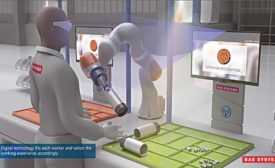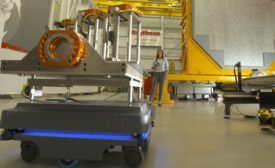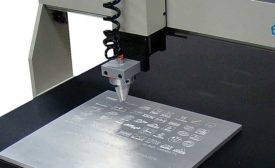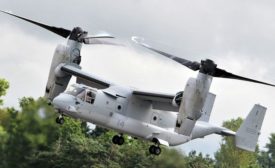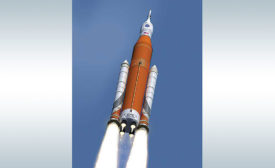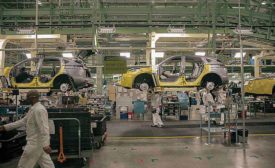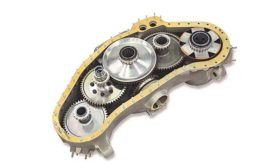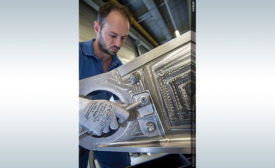Aerospace Assembly
Marking Metal Parts With Precision
Manufacturers have several options for precisely marking metal parts.
August 6, 2018
Software Aids Design of Wire Harness for NASA's New Rocket
NGIS increases cable design productivity for NASA rocket by moving to a digital design process
July 13, 2018
State of the Profession 2018: Smart Factories Demand Smarter Engineers
Staying ahead of the curve is more important than ever
July 9, 2018
Assembling 3D Printed Parts
Engineers don’t need to rethink traditional joining techniques
July 5, 2018
Never miss the latest news and trends driving the manufacturing industry
Stay in the know on the latest assembly trends.
JOIN TODAY!Copyright ©2024. All Rights Reserved BNP Media.
Design, CMS, Hosting & Web Development :: ePublishing
